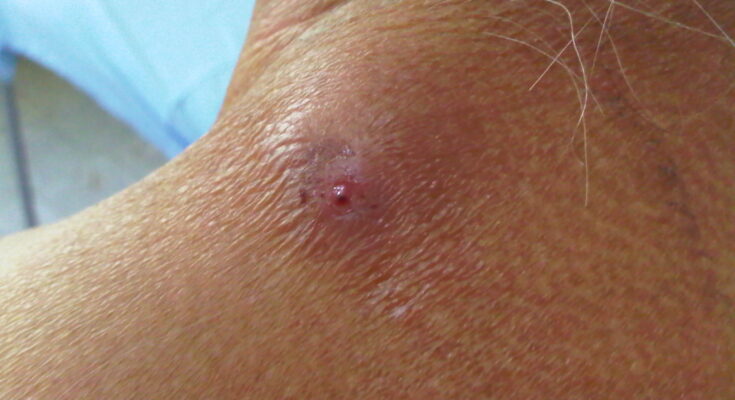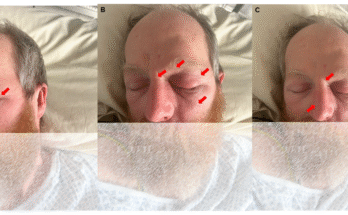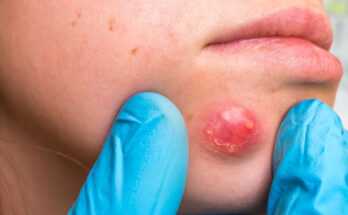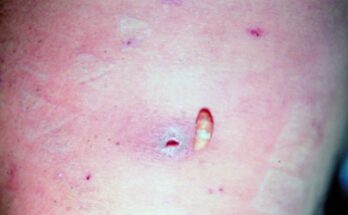It might sound like a scene from a horror movie, but myiasis is a real medical condition that affects thousands of people each year, particularly in tropical and subtropical regions. Myiasis occurs when certain species of flies lay their eggs on open wounds, sores, or even intact skin. Once the eggs hatch, the larvae (maggots) feed on the host’s living or dead tissue, leading to painful swelling, inflammation, and in severe cases, tissue destruction.
The most common culprits are botflies and screwworm flies. These insects are drawn to wounds, poor hygiene, and warm, humid environments. In some cases, they use mosquitoes or other insects to deposit their eggs onto human skin, making prevention challenging. The larvae can burrow under the skin and create boil-like lesions, which often ooze and cause a sensation of movement beneath the surface—a telltale sign of infestation.
Treatment usually involves careful removal of the larvae by a healthcare professional. Applying substances that suffocate the larvae, such as petroleum jelly or specialized creams, can force them to surface for easier extraction. In advanced cases, antibiotics and wound care are necessary to prevent secondary infections and promote healing.
Preventing myiasis starts with good personal hygiene and wound care. Covering skin lesions, using insect repellents, and avoiding fly-infested areas can significantly reduce the risk. For travelers visiting tropical regions, protective clothing and insect-safe accommodations are essential.
Though terrifying at first glance, myiasis is treatable and rarely fatal when addressed early. Raising awareness about proper wound care and sanitation, especially in rural communities, remains the key to keeping this unsettling condition at bay.



